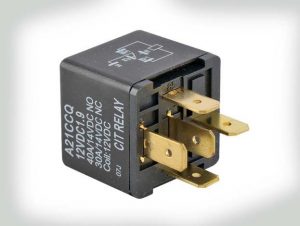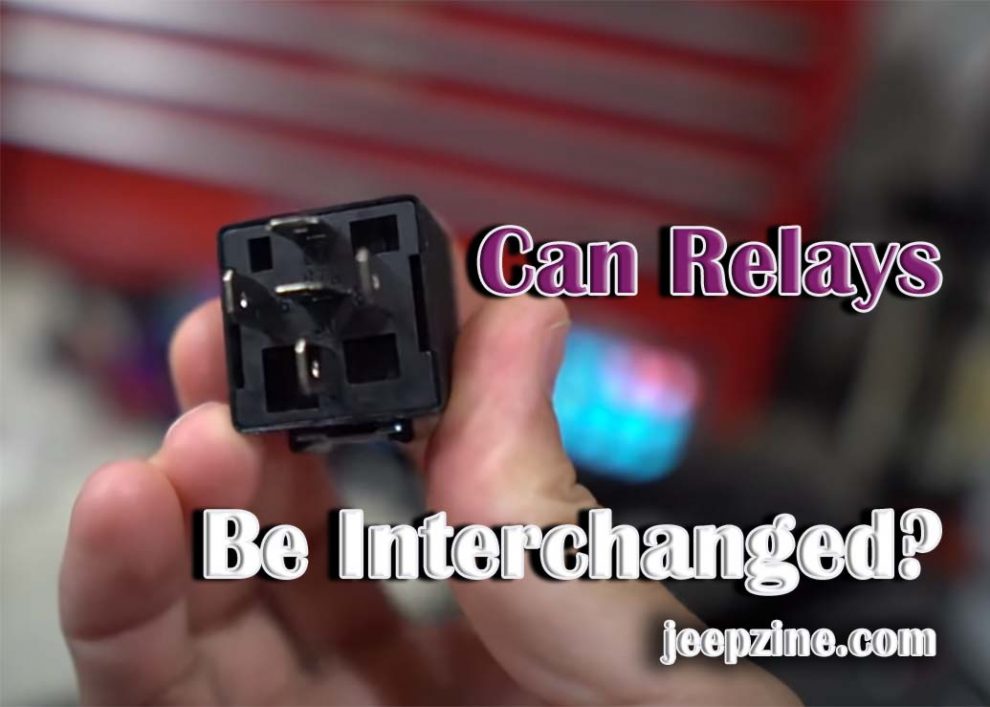Relays are an essential component in many applications, from automotive electronics to industrial control systems. A relay is an electronic switch that’s used to control the flow of power through an electrical circuit by opening or closing contacts within the circuit itself. It’s important to understand when it’s safe and appropriate to interchange these components because doing so could have disastrous results if done wrong or without fully understanding the consequences of such action. In this article, we will examine what relays are and discuss if they can be swapped out in different applications and, if so, when it is appropriate to do so.
What Is a Relay?
A relay is an electrical switch activated by an electric current or electromagnet. It consists of a coil that creates a magnetic field when energized and contacts that open or close the circuit when this magnetic field acts upon them. The most common type of relay utilizes a solenoid to produce the magnetic field necessary for operation. Other types of relays include reed relays and solid-state relays, which are activated by other methods such as electricity flowing through semiconductor materials or through capacitance changes within the circuit.
When Can You Interchange Relays?

Considerations for Interchanging Relays
When considering if it is appropriate to interchange two types of relays, there are many points that should be considered. It is important to understand the current and voltage ratings required for the circuit, as well as the contact configuration needed for proper operation. Additionally, you should check that all other factors such as coil resistance and voltage levels are compatible between the two relays before making any changes. Finally, it is always recommended to consult with a qualified professional prior to making any changes in order to ensure compatibility between different components and prevent any unexpected problems from occurring during use.
Conclusion
Relays are an important component in many applications and it’s important to understand when and how they can be safely interchanged in different applications. By taking into account all of the parameters of both components before making any decisions regarding interchangeability, you can ensure that your system will operate safely and efficiently while avoiding potential problems from occurring during use.


Add Comment